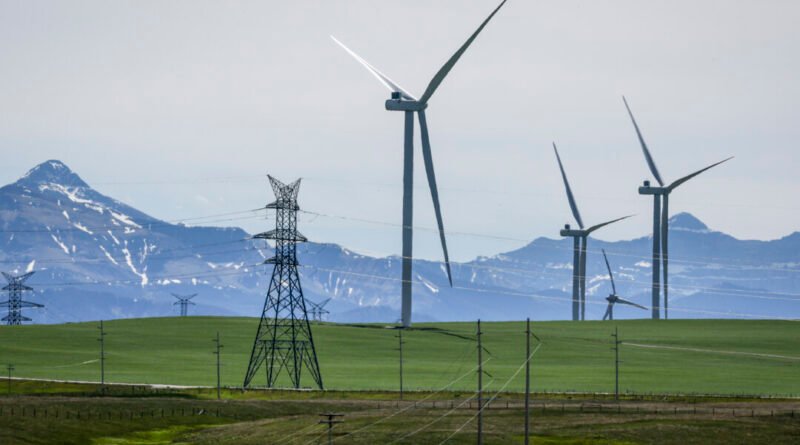Nexa Advisory predicts Transmission Delays will Increase NSW Electricity Bills by $1,100
Nexa Advisory alerts small businesses in NSW about a potential $7,000 increase in electricity costs.
New South Wales could see electricity bills rise by $1,100 annually due to delays in transmission infrastructure upgrades, as per a recent report.
Transmission infrastructure, which includes high-voltage cables, towers, and transformers, is essential for transporting electricity from coal or wind towers to homes and businesses.
Australia’s energy transition necessitates updates to this transmission network to accommodate new capacity from renewable energy sources.
Nexa Advisory’s research indicates that delays in building energy transmission infrastructure could impact electricity costs significantly.
The report highlights that if transmission project delays persist at the average rate of three years, residential consumers in NSW could face up to $1,100 in additional costs.
According to the report, small businesses in NSW might have to pay up to $7,716 more per year, potentially contributing to inflation in the economy.
To read more, download the full report (pdf).
Speed Up Renewable Rollout or Rely on Coal: Nexa CEO
Nexa Advisory CEO Stephanie Bashir emphasizes the urgent need to accelerate the energy transition away from coal to avoid adverse financial consequences for Australian families and businesses.
EY’s separate research report estimates that Australia requires 10,000 kilometers of new transmission lines by 2050 to achieve its renewable energy targets.
EY identifies supply chain challenges, labor constraints, and regulatory processes as major obstacles to building the necessary infrastructure for renewable energy generation.
Renewable Energy Zone in Outback NSW
The NSW government recently approved the Central-West Orana Renewable Energy Zone (REZ) transmission project, paving the way for the development of transmission infrastructure to connect solar, wind, and energy storage projects to the electricity grid.
This initiative is projected to attract $20 billion in private investment in renewable projects and create 5,000 jobs.
The project aims to provide at least 4.5 gigawatts of transmitted electricity, equivalent to powering 1.8 million homes.
The federal Labor government is committed to achieving net zero emissions by 2050 and transitioning the energy grid to 82 percent renewables by 2030.
On the contrary, the Liberal-National Coalition plans to build seven nuclear power plants to support the transition to net zero if they win the next election.



